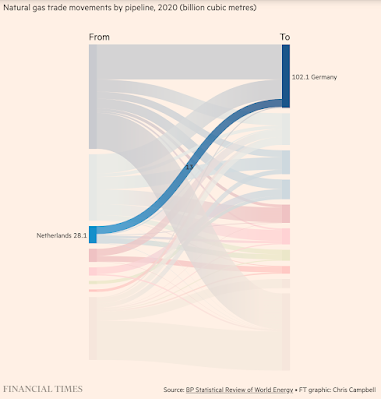The mainstream discussion on outsourcing in government pertains to the transfer of certain public services to private contractors. This is a welcome development in so far as it generates significant efficiency gains.
A more pernicious form is the practice of informal outsourcing of their core activities by individual public employees. It comes in several forms, all questionable and some plain illegal.
The commonest, and now largely accepted practice, is to contract teachers and lecturers in schools and colleges, and doctors and paramedical staff in hospitals. The perverse result is that the regular employees end up outsourcing their teaching and treatment responsibilities to these contract staff. From teachers relieving themselves on the likes of vidya volunteers or contract teachers, to Associate Professors and upwards in Universities and Medical Colleges informally transferring their instructional responsibilities to contract lecturers, the practice has become pervasive and with very damaging consequences.
At a more institutional level, it's now very common for consulting organisations to be outsourced the task of thinking on behalf of government departments and prepare detailed project reports and contract documents, appraise programs, and even prepare Cabinet Notes. Government officials. The Secretariats and Commissionerates of Departments, and public research institutions have ceded space on public policy making and project design to them. I've blogged here about its corrosive effects.
Then there is the completely illegal practice of teachers hiring outsiders at a fraction of their salary to take their place and attend school duties, so that they can attend to their business activities and make more money. In many offices, including State and central government secretariats, it's increasingly common to find outsourced data entry operators (DEOs) performing the file processing responsibilities of Section Officers and Assistant/Deputy Secretaries. It's worse still in the district offices of line departments. In fact, outside of the lower and middle-level staff, it's not uncommon to have senior officers of the government outsource their office work to individual consultants, some of whom even operate their digital file management system.
It's surprising how little of this gets discussed in the public realm. It's time for journalists and newspapers to expose this problem and generate public debates on the issue. It's also an important area for academic researchers to engage. It's central to the enfeebling of state capability in India. It's likely the case in many developing countries, though India may be at the vanguard of this trend.




















